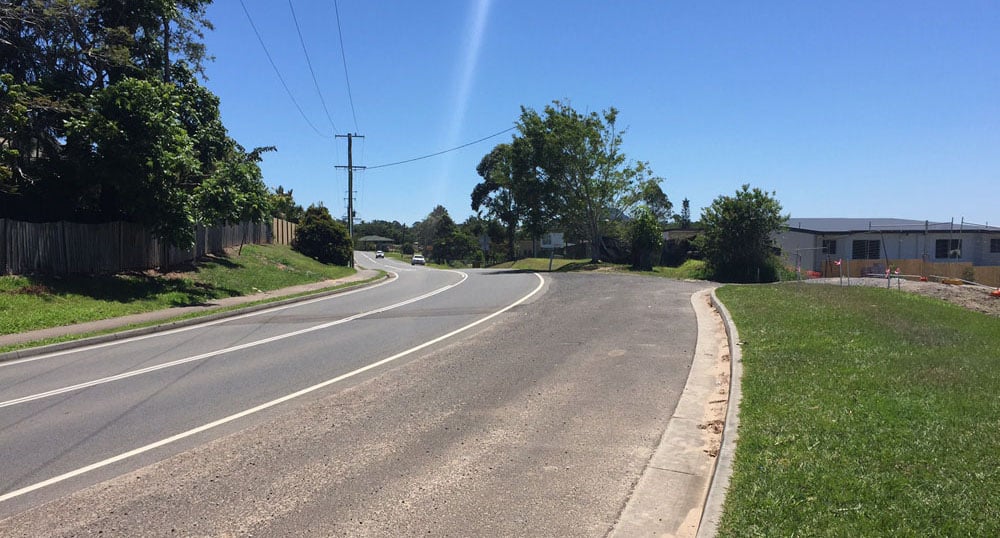
However, there are also instances where structural pavement widening is required to extend the width of the existing running lanes or to facilitate additional running lanes.
Whilst a fairly simple concept, the design and construction of pavement widening are not to be blanketed with that of greenfield construction particularly with consideration to the nature of the existing pavement and construction under traffic.
From a design perspective, homogeneity across the pavement cross-section is critical to promote similar stiffness and support characteristics, however this can be difficult to design for using current principles for the reasons of:
When considering these factors and using the Austroads Mechanistic design process, the widening is likely to require a pavement thickness far in excess of the existing pavement of which can inherently lead to issues, particularly if the widening is on superelevation where there is potential for water to be trapped at the joint.
In addition to these design considerations, the contractor must consider the following during construction:
Whilst the risk may vary depending on site conditions, it is emphasised that pavement widening should not be disregarded as a non-engineered solution.
For more information on Global Road Technology or Design and Construction Considerations please contact us: https://globalroadtechnology.com/contact-us/
Are environmental regulations, health and safety concerns or potential profit loss a concern right now?
Contact Us Now